Tsumago to Magome - Spring & Winter
| Travel Reports by mfedley | view profile of mfedley |
| previous post |
| next post |
| Note: The opinions and views expressed in this user report are those of the individual author and do not necessarily reflect the opinions and views of japan-guide.com. |
December 16, 2013 - Tsumago to Magome - Spring & Winter
Both Tsumago and Magome are old postal towns in the Kiso valley that followed the Nakasendo Road between Kyoto and Tokyo. The other main road between the two towns was the Tokaido Road which travelled via the sea. It is still possible to walk between the two towns, along with walking up to 100 KM's of the Nakasendo Road which has been partly preserved.
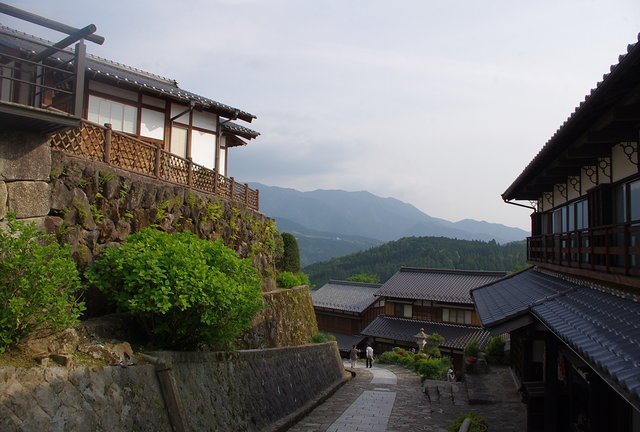
If you plan to walk between the two towns, I strongly suggest you start at Magome. Magome is around 40 minutes from Tsumago by bus or 30 minutes from JR Nakatsugawa Station by bus. The walk itself is around 8 KM's but is mainly downhill if you walk from Magome.
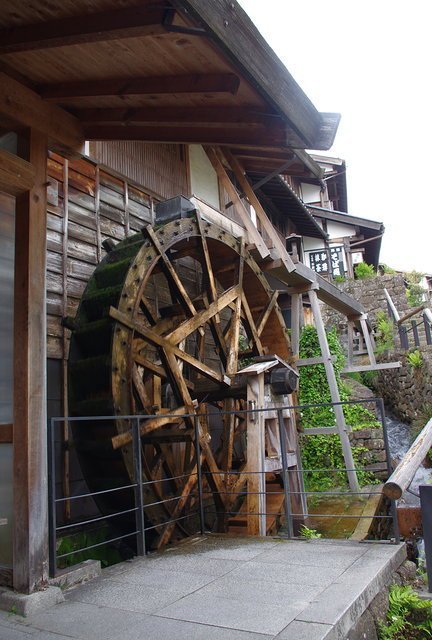

Magome itself is a pretty little town which can easily be explored in around an hour or so. I do strongly suggest that you take some of the back roads as you can get some fantastic photos. Note that the paths can get quite slippery in winter due to ice.
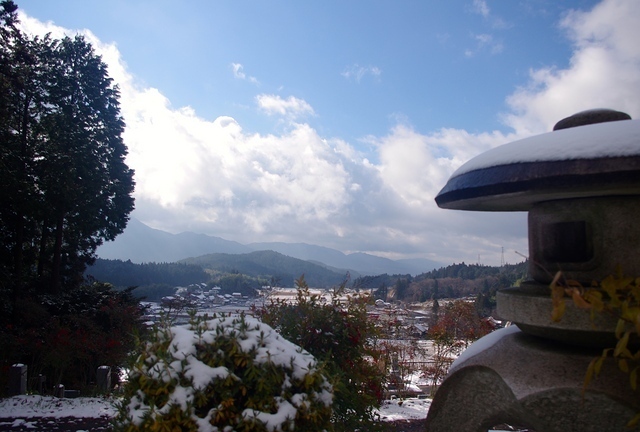

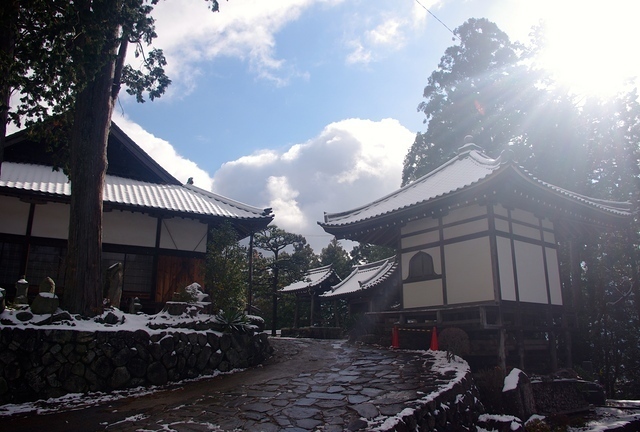
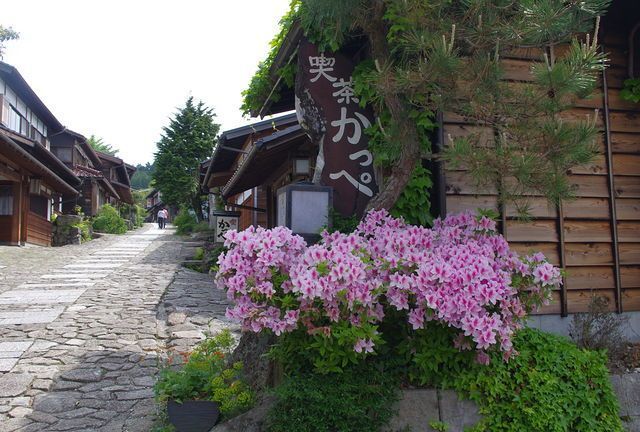
To find your way to the Nakasendo Road, just walk up the hill. Once you pass most of the buildings, it is signed in both English and Japanese which direction to travel. Note that you will need to walk on the side of the road on some occasions. It is also imperative that you speak to locals before you travel on the Nakasendo Road in winter due to it being highly dangerous if there has been a lot of snow.
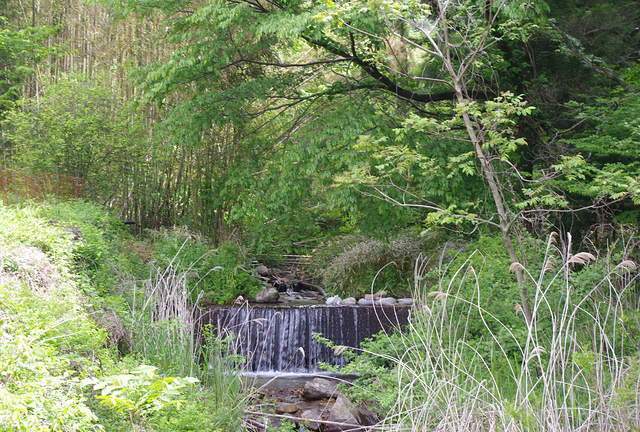

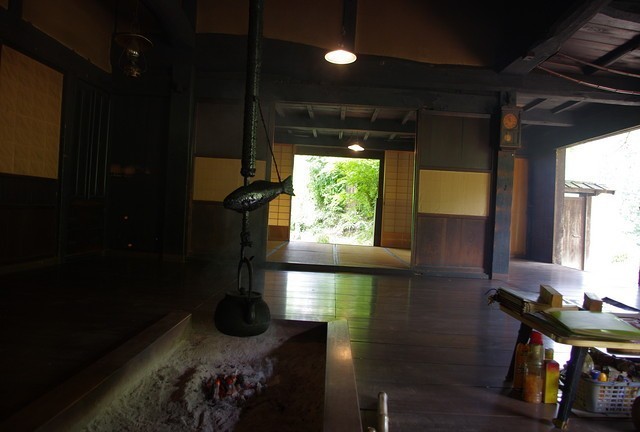
Around 3.5 KM's into the walk is a small volunteer house with Irori. It comes at a good time depending on the season as you'll either need warmth (in winter) or shade (in summer). Some tea and sweets are given for free but I suggest that a small donation is given in the box which is clearly labelled. What I did find amazing was that this hut was still manned on a cold winters day when I did not pass more than 5 people walking the trail.

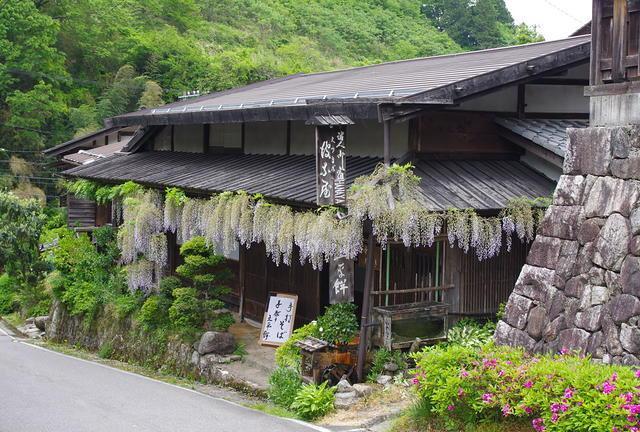
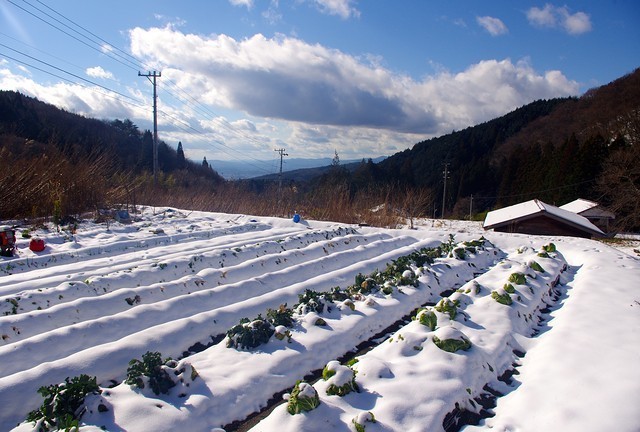

It's fair to say that the walk itself has large contrasts depending on the season. In summer, everything is so green and there seems to be flowers blooming everywhere. Winter brings the white snow which brings serenity along with the much smaller crowds that you find in spring.
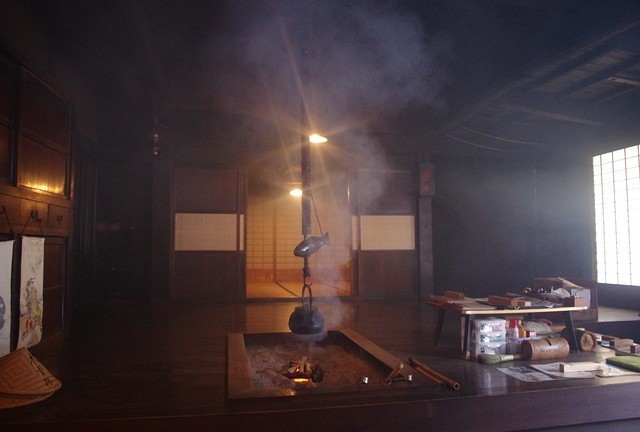
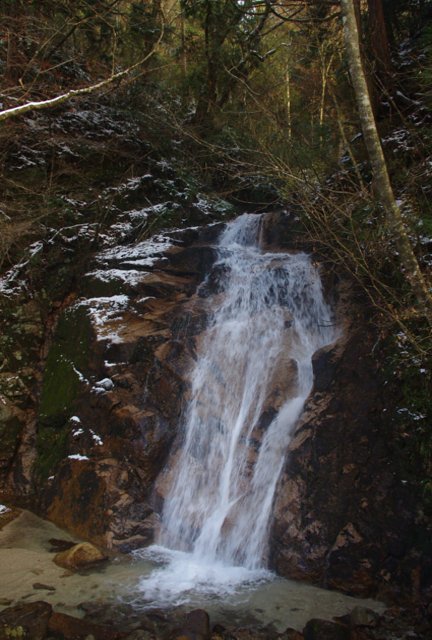
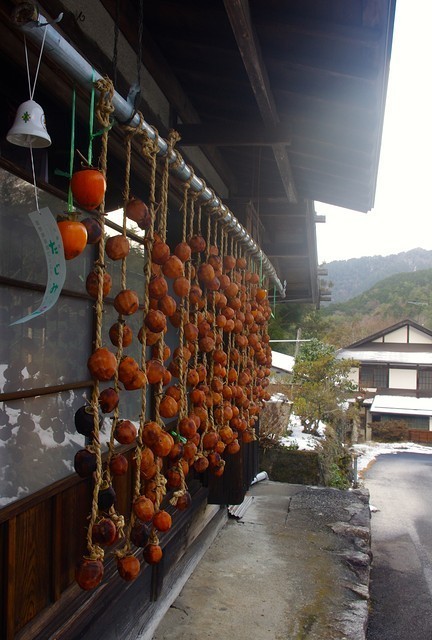
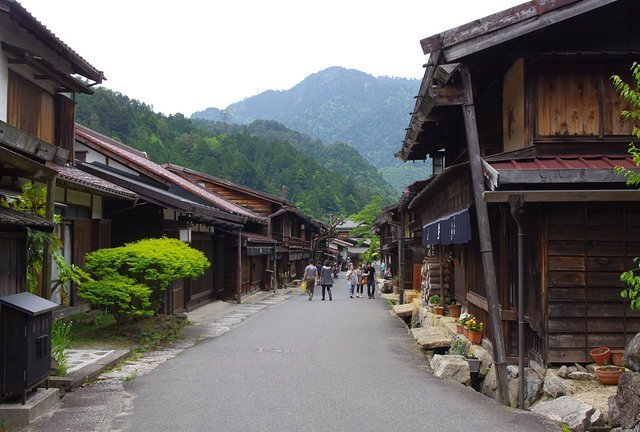
Tsumago as mentioned before is the end point of the walk. The town itself is the nicer of the two towns and it quite beautiful. It's also hard not to buy food on the street as it is quite tempting. To make the best of the walk, I would suggest staying in Tsumago for one night as it is quite magical at night when the lights are on and there are no tourists.

As with most towns, they both have their share of museums. The pick of the bunch would be the Honjin and Wakihongin in Tsumago which costs 700 Yen from memory for a multi ticket. The Wakihongin was the best - but this was mainly to do with a nice English speaking guide that showed us around and explained how the Meiji Emperor once visited the Wakihonjin.
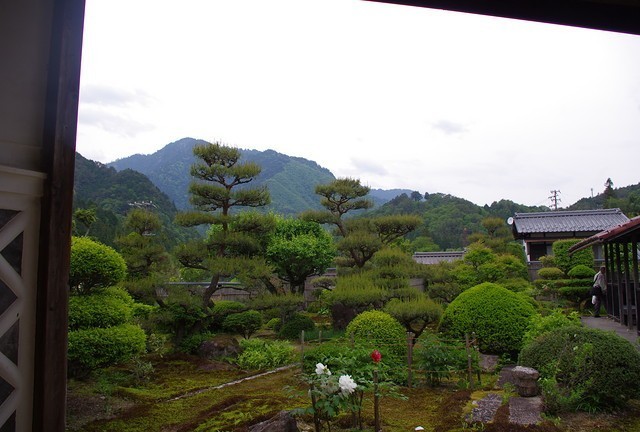
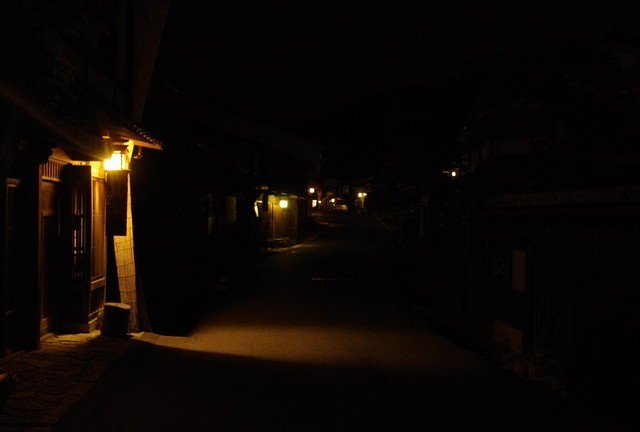
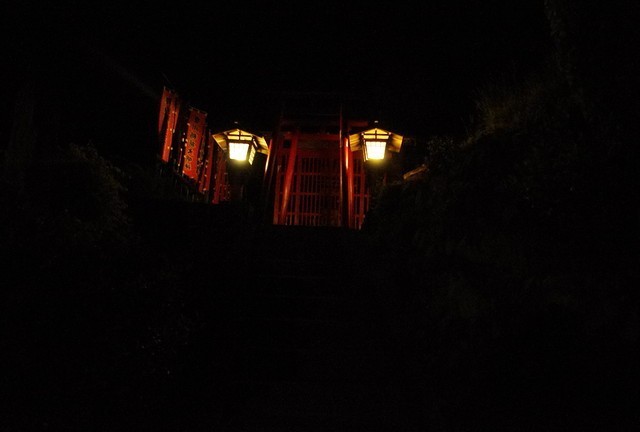
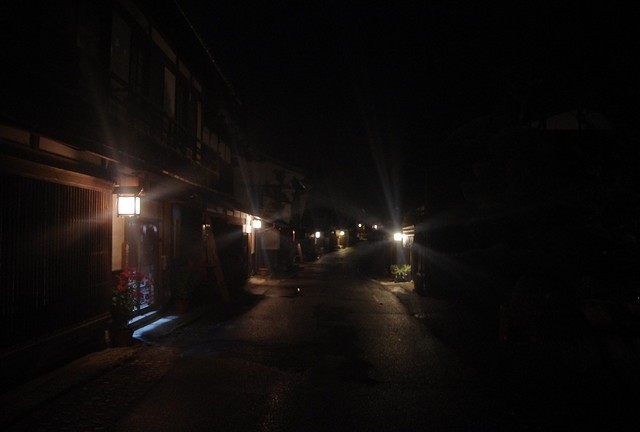
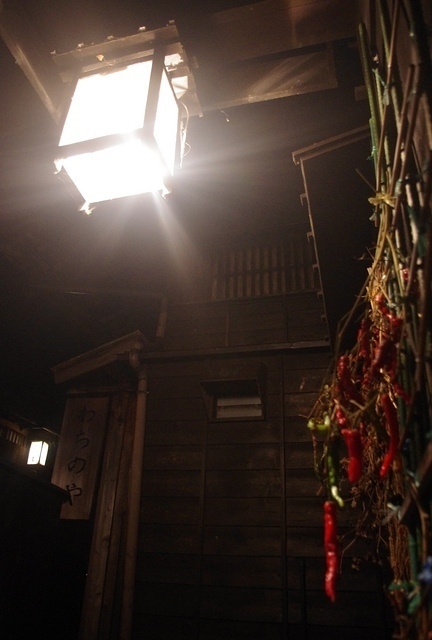
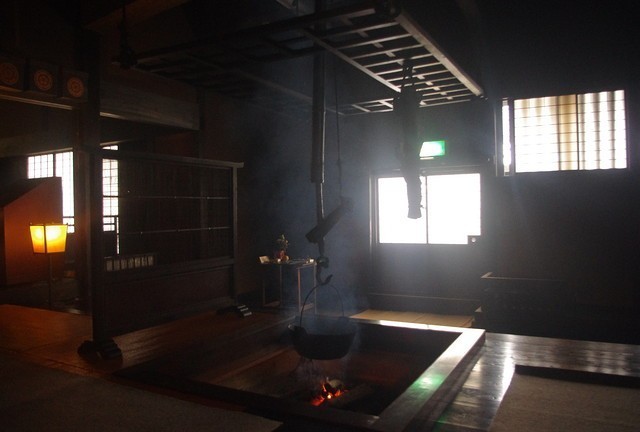
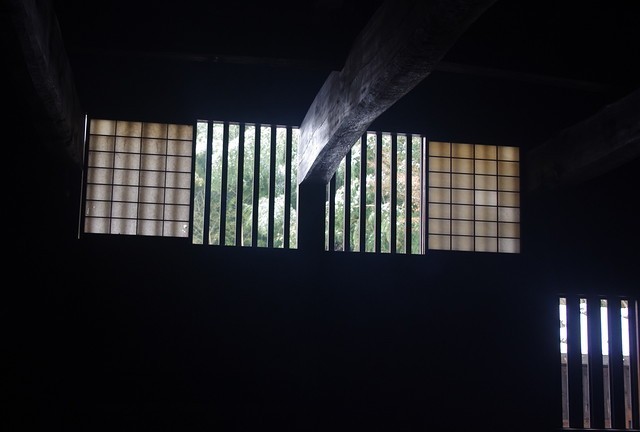
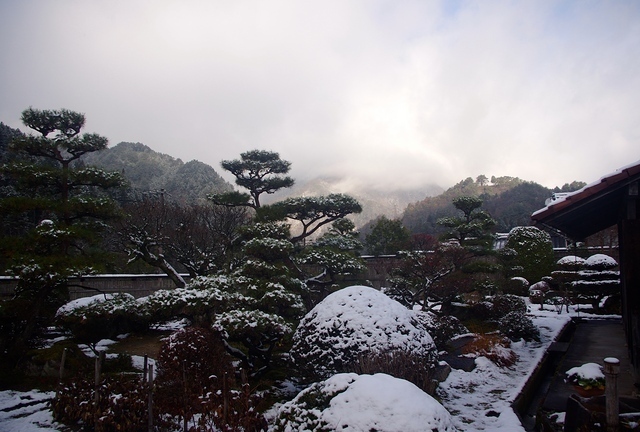
So is it worth visiting these two towns? For most people the answer is yes. I will say that sparringenthu's Hakone to Mishima walk has the big advantage of being easily accessible to Tokyo as a long day trip along with being a little off the tourist trail. However - staying around Mishima or Shuzenji would also be nice.
| previous post |
| next post |